What Are The Most Impactful Data Extraction Trends 2025 For Modern Data-Driven Business Growth?
July 10
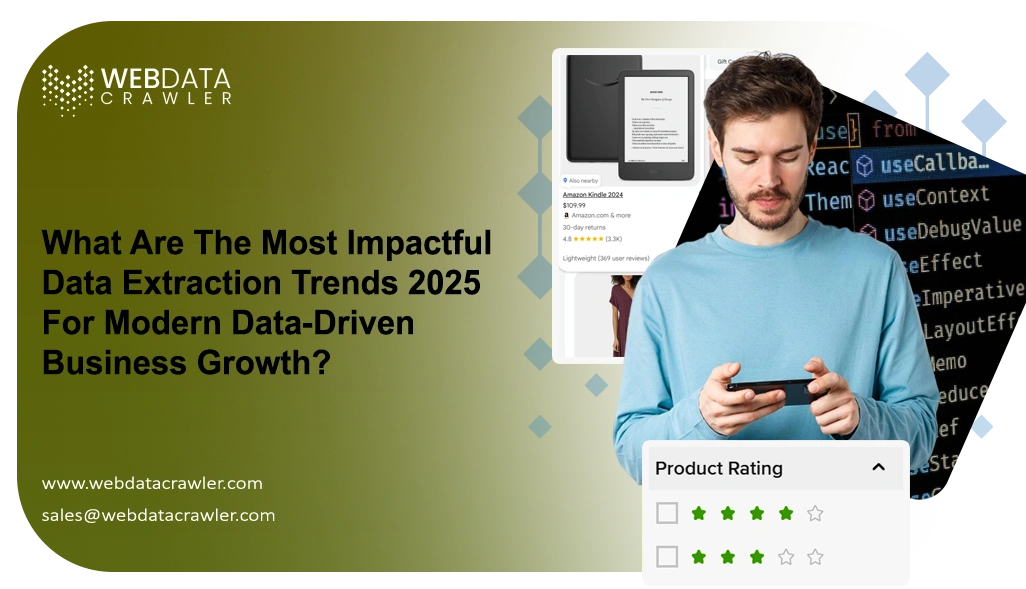
Introduction
In 2025, data extraction evolves beyond its technical roots, emerging as a core driver of strategic business decisions across departments. Modern enterprises are recognizing their role in shaping real-time insights, streamlining operations, and enabling faster, smarter actions.
The rise of intelligent systems is transforming the Future Of Web Data Extraction, emphasizing not only scale and speed but also transparency and compliance. Businesses now view data access through the lens of innovation, trust, and competitive advantage.
Understanding the Data Extraction Trends 2025 is essential for today’s decision-makers. Whether you're guiding product innovation, marketing strategy, or operational planning, aligning with these shifts positions your business for resilient, informed growth.
Intelligent Systems Are Reshaping Data Operations
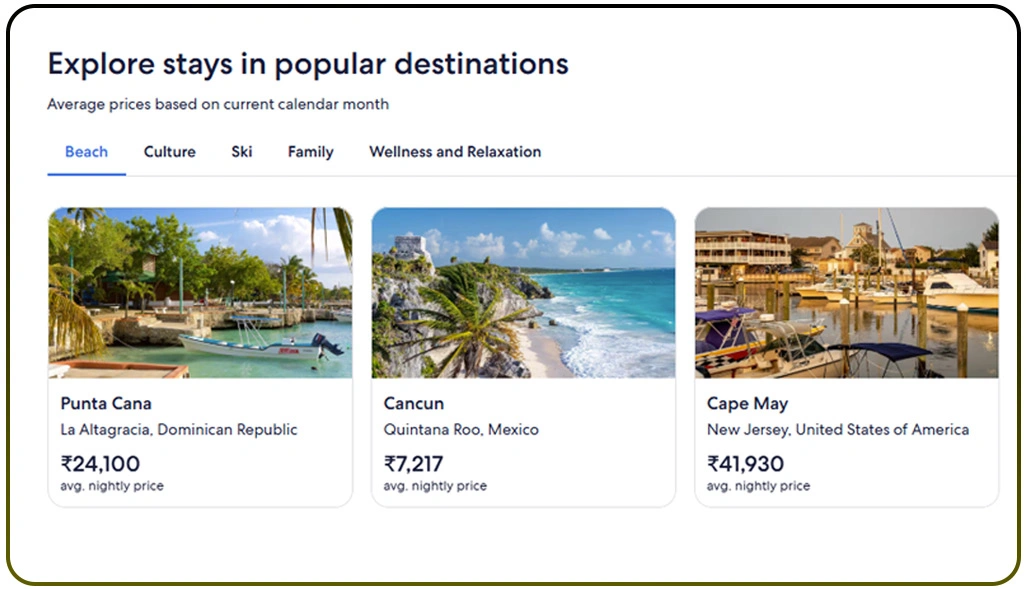
As digital environments grow more dynamic and complex, there's an accelerating shift toward intelligent technologies capable of functioning with minimal oversight. A standout trend this year is the advancement of Automation In Data Collection, where systems can intuitively respond to changes in website architecture and platform structures, without human involvement.
These modern solutions go far beyond traditional crawling methods. Leveraging rule-based intelligence, they dynamically adapt to errors, interpret layout variations, and deliver structured, analysis-ready datasets at scale.
Key advantages of intelligent automation include:
- Seamless integration across multi-departmental data workflows.
- Minimal manual intervention when digital platforms evolve.
- Delivery of high-quality, structured datasets primed for analytics.
Organizations adopting this approach are experiencing quicker data-to-insight cycles and a tighter connection between collected data and core business objectives.
Live Access to Market Movements

Modern businesses increasingly prioritize the capability to respond to real-time shifts in market conditions. At the heart of this demand lies the Real-Time Data Scraping Evolution, enabling enterprises to make decisions as events unfold, not after the fact.
Industries such as retail, fintech, travel, and government agencies actively monitor variables like competitor pricing, stock availability, promotional changes, and travel fare fluctuations in real time. The value lies in receiving these insights precisely when they happen.
Key factors fueling this transformation include:
- Increasing demand for instant price comparisons.
- Need for real-time reputation tracking.
- Competitive benchmarking on the fly.
To address this demand, data engineering teams are reshaping pipelines to enable real-time streams and continuous refresh cycles, improving responsiveness and decision accuracy across operations. This shift reflects broader Web Scraping Industry Insights and evolving data engineering strategies.
Evolving Benchmarks in Scalability and Flexibility
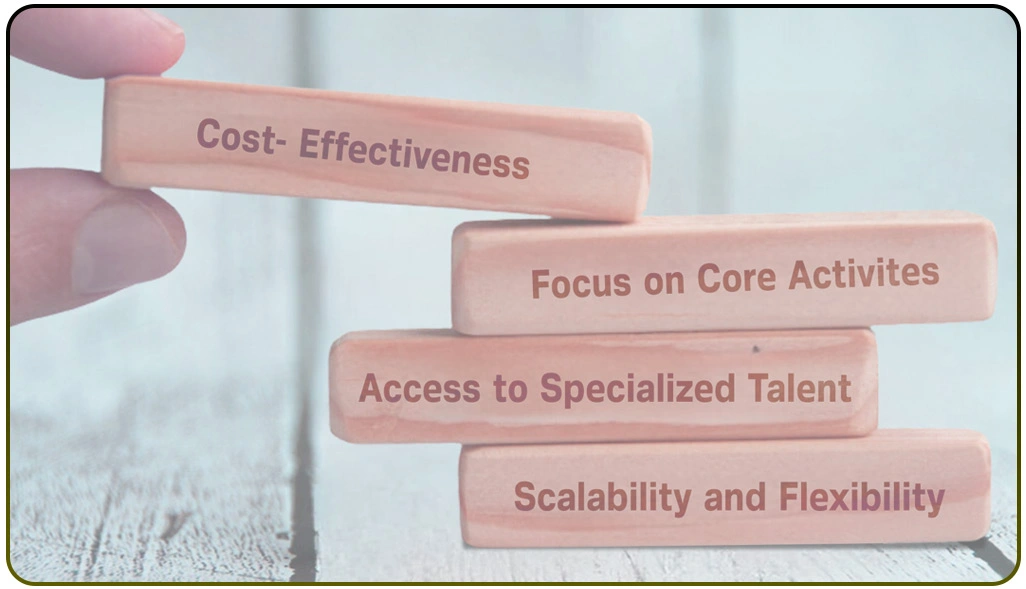
In 2025, the demand for data operations is shifting beyond just higher volumes to managing increased complexity and variability. Organizations are turning to Scalable Scraping Infrastructure that ensures consistent performance with enhanced reliability, modular architecture, and built-in security.
Scraping setups have progressed significantly—from basic server stacks to advanced, cloud-native ecosystems that integrate orchestration tools, containerization strategies, and auto-scaling mechanisms. These frameworks empower businesses to perform uninterrupted data extraction across global markets and diverse sectors.
Key infrastructure advancements shaping 2025 include:
- API-driven configurations for on-the-fly tuning.
- Distributed, multi-region scraping nodes.
- Intelligent health checks and real-time system alerts.
Companies sticking with outdated, rigid tools are struggling to keep pace, as modern websites demand dynamic and adaptive scraping capabilities for sustainable outcomes.
Ethical Standards Drive Competitive Advantage
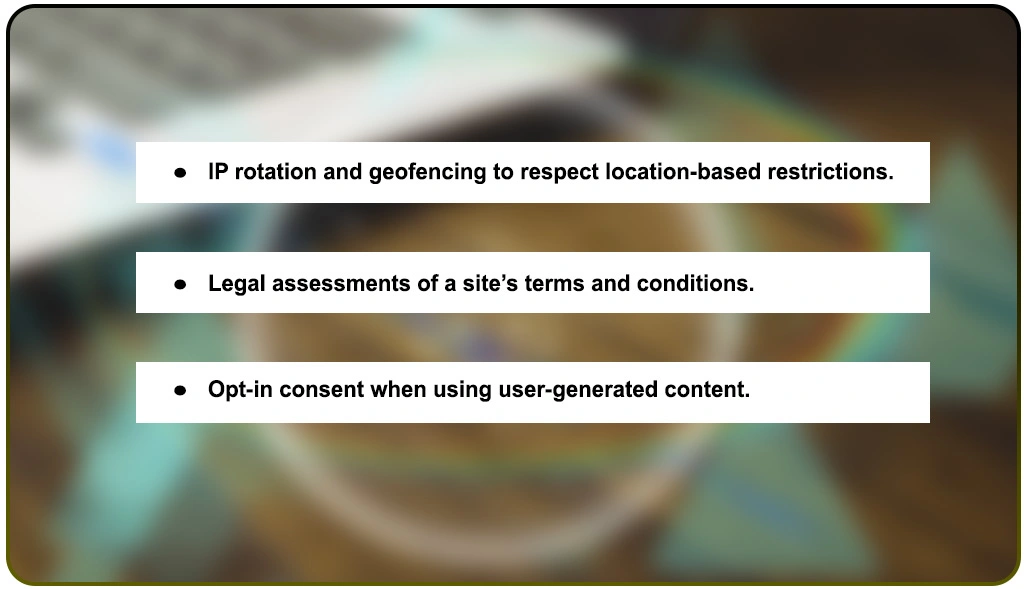
In today’s data-conscious world, Ethical Data Extraction Practices have become essential, not optional. With increasing scrutiny from regulators, platforms, and consumers alike, businesses are expected to prioritize transparency and responsible data handling at every stage of extraction.
Modern solutions now integrate ethical safeguards by default, such as respecting robots.txt, steering clear of restricted paths, and masking sensitive identifiers through anonymization techniques.
Here’s what ethical data practices involve:
- IP rotation and geofencing to respect location-based restrictions.
- Legal assessments of a site’s terms and conditions.
- Opt-in consent when using user-generated content.
As trust becomes a key differentiator, adopting ethical practices not only reduces legal and reputational risk but also builds long-term credibility and sustainable access to high-quality insights.
Smarter Decisions Through Machine Understanding
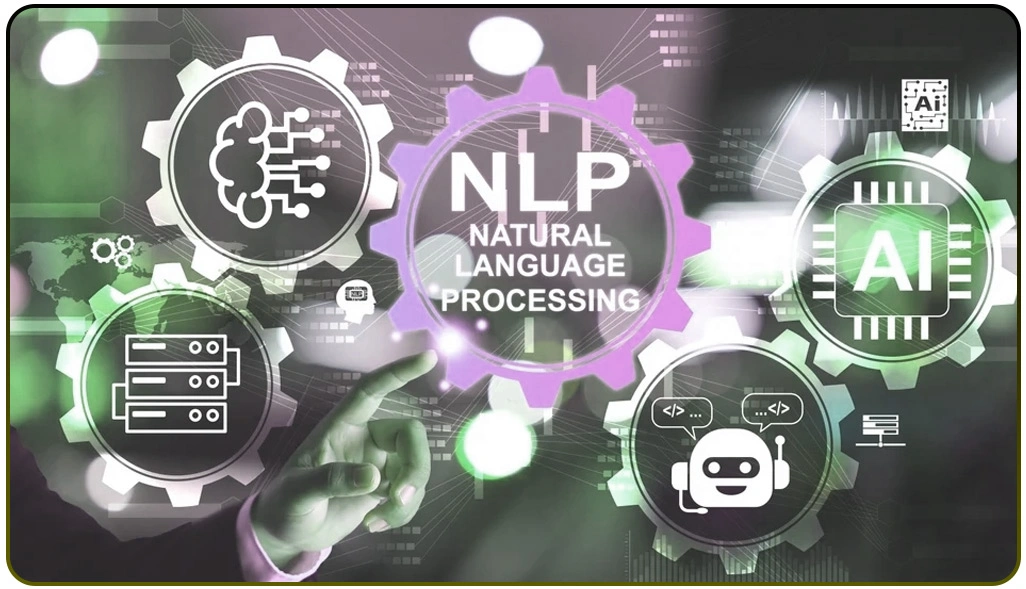
Modern businesses are shifting from basic automation to intelligent extraction, where insights matter more than just raw data. The rise of AI In Web Scraping is transforming how data is gathered, using advanced machine learning and NLP techniques to interpret context, sentiment, and structure in real-time.
They recognize text patterns, assess contextual meaning, and determine which data points are most relevant. From identifying user reviews and extracting star ratings to analyzing price trends and interpreting visual cues like badges or banners, AI enables deeper, more actionable data extraction.
Key Applications of AI-driven Scraping Include:
- Classifying products by sentiment or thematic grouping.
- Spotting fraudulent or manipulative reviews.
- Automatically adapting to shifting layouts and rendering changes.
By integrating AI with robust analytics, businesses not only speed up the data pipeline but also enrich their strategic utility, adding intelligence to every step of the data collection process.
Strategic Shift Toward Smarter Scaling

Big data may no longer be a novelty, but the way organizations approach it through Big Data Scraping Strategies has evolved dramatically. Today’s focus is on extracting high-value, structured information across targeted areas—without draining infrastructure or slowing operations.
Instead of collecting every data point, these strategies prioritize high-signal content and incorporate intelligent pre-processing at the point of extraction. This leads to faster turnaround and more meaningful outcomes.
Key shifts in big data scraping approaches include:
- Designing modular scraping workflows tailored to specific business units.
- Focusing on niche, high-impact datasets instead of broad-scale aggregation.
- Adding contextual metadata during collection to boost relevance.
These advancements are driving improved data models, enhanced predictive performance, and tighter feedback loops—all while minimizing overhead.
Enterprise Solutions Go Mainstream
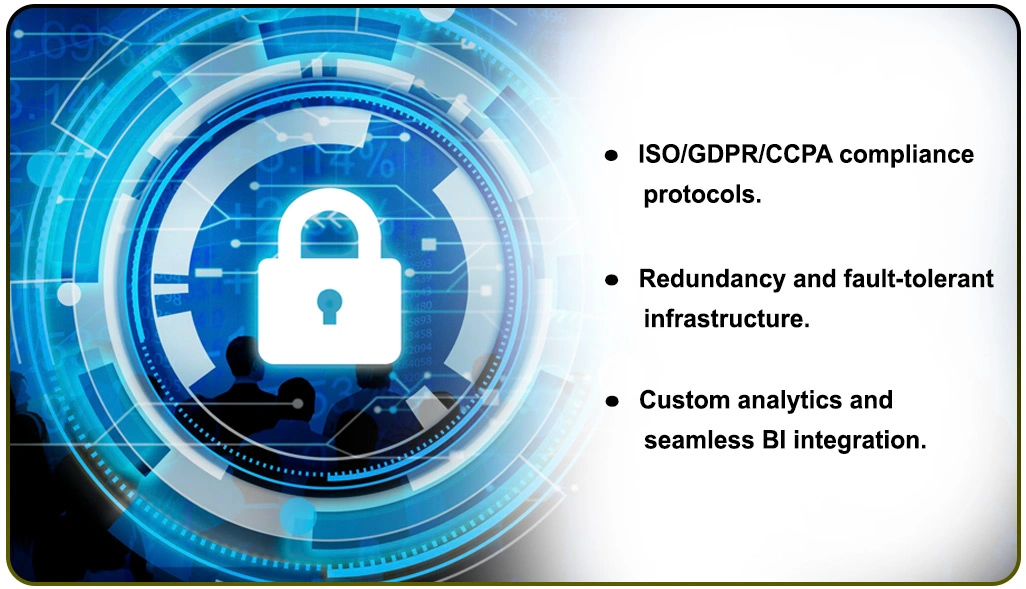
Previously, web scraping solutions were either developed in-house or acquired from niche providers with limited capabilities. Today, the emergence of Enterprise-Grade Web Scraping has shifted the landscape, introducing sophisticated platforms designed to meet the scale, security, and compliance needs of large enterprises.
These advanced solutions now come equipped with compliance-ready frameworks, centralized dashboards, managed IP pools, and guaranteed SLAs, making them well-suited for highly regulated sectors such as banking, insurance, and pharmaceuticals.
Modern enterprise requirements include:
- ISO/GDPR/CCPA compliance protocols.
- Redundancy and fault-tolerant infrastructure.
- Custom analytics and seamless BI integration.
The rise in tool maturity has transformed web data into a strategic resource—on par with CRM and ERP systems—cementing its role in enterprise intelligence frameworks.
A Broader Shift: Unifying Trends for Strategic Growth
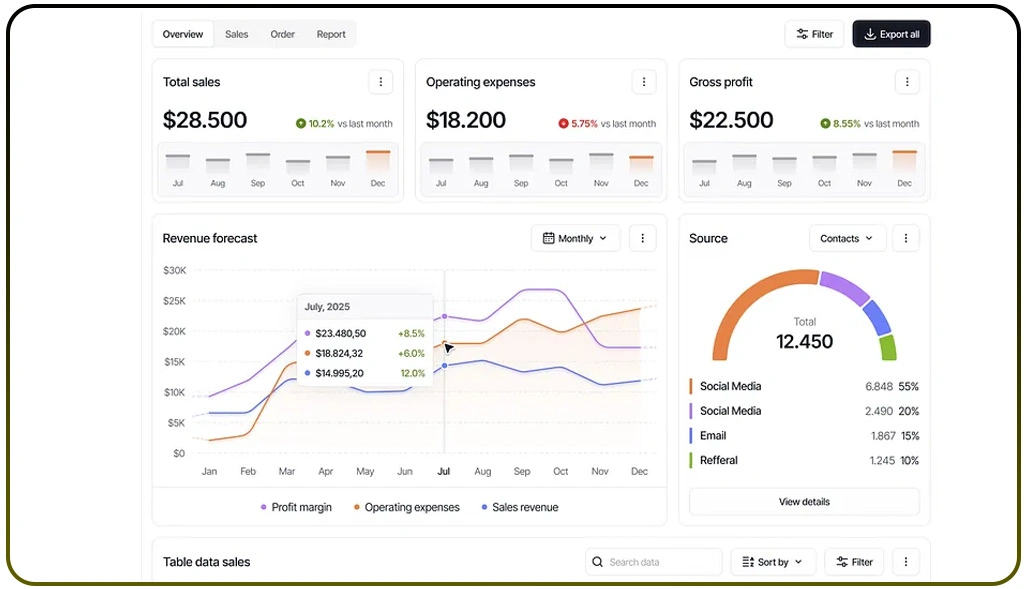
What sets 2025 apart is not the presence of isolated innovations but the powerful convergence of multiple forces. The alignment of automation, real-time visibility, ethical data collection, and scalable infrastructures is redefining the very structure of web data ecosystems.
This shift isn't merely a technological upgrade—it's a strategic overhaul. Rather than simply competing, businesses are transforming how they extract, interpret, and operationalize insights in real time.
Ultimately, Data Extraction Trends 2025 represent more than tools or techniques—they symbolize a foundational evolution in how modern enterprises operate, adapt, and grow through data.
How Web Data Crawler Can Help You?
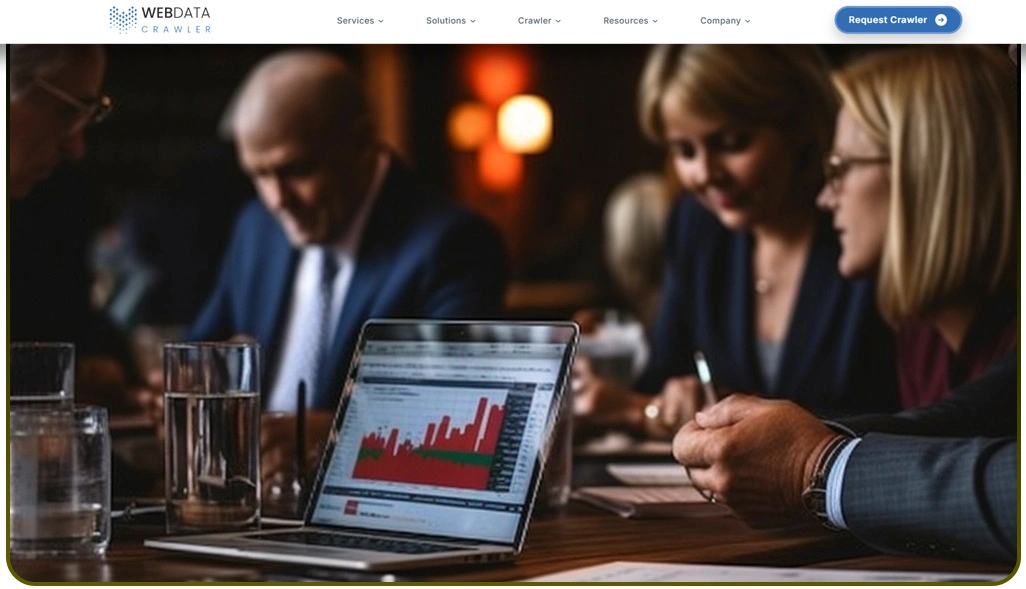
We align our solutions with the leading Data Extraction Trends 2025, helping businesses access accurate, structured, and scalable data that drives growth. Whether you need market insights, product tracking, or competitor analysis, we deliver high-performance data extraction tailored to your industry needs.
Here’s what we offer:
- Custom scraping solutions tailored to your sector.
- Scalable systems are built to handle large data volumes.
- Real-time feeds for up-to-date decision-making.
- AI-powered tools for more intelligent data classification.
- Compliance-first approach with ethical practices.
- Global capabilities to support regional data needs.
- Dedicated support for seamless integration and uptime.
Our focus on Scalable Scraping Infrastructure ensures your data pipelines are flexible, robust, and ready for the demands of modern digital operations. Let us simplify your data journey—reach out today to get started.
Conclusion
As businesses embrace more intelligent decision-making, the Data Extraction Trends 2025 emphasize the importance of automation, accuracy, and compliance. Staying aligned with these trends allows organizations to adapt quickly, remain competitive, and fuel data-driven strategies across departments.
Integrating Enterprise-Grade Web Scraping into your operations ensures access to reliable, scalable, and high-quality datasets that drive measurable results. Contact Web Data Crawler today to start building a future-ready data extraction strategy tailored to your business goals.